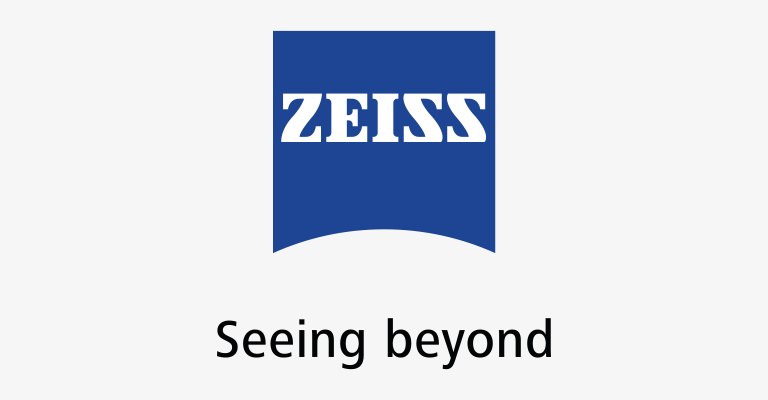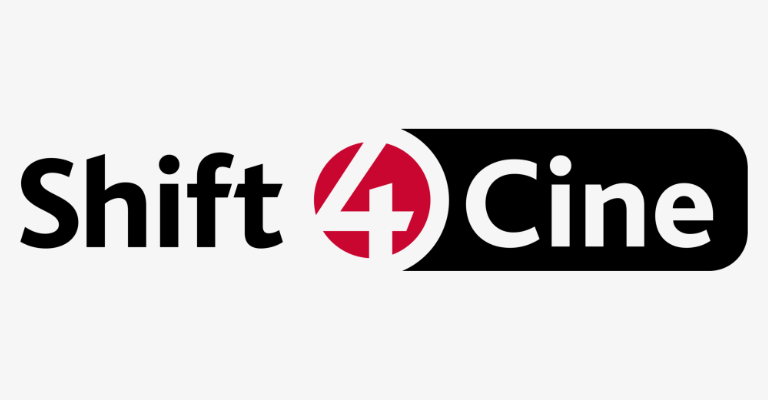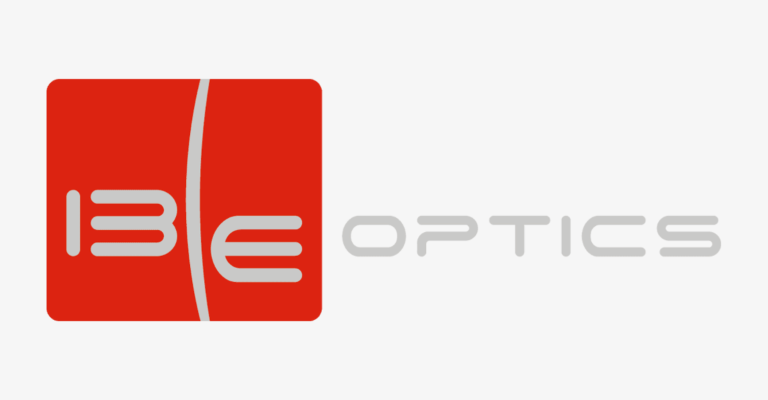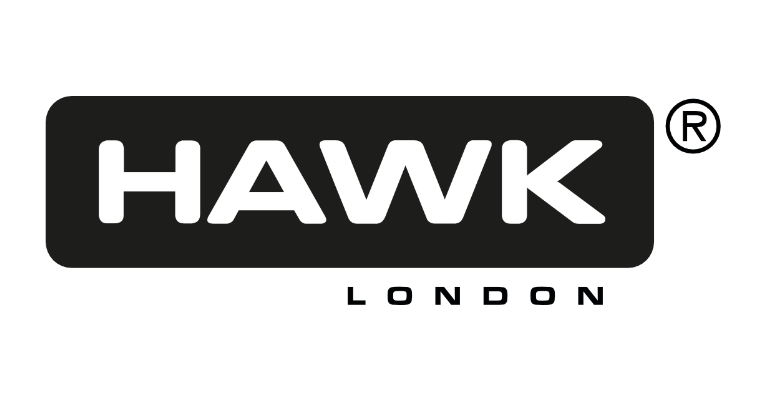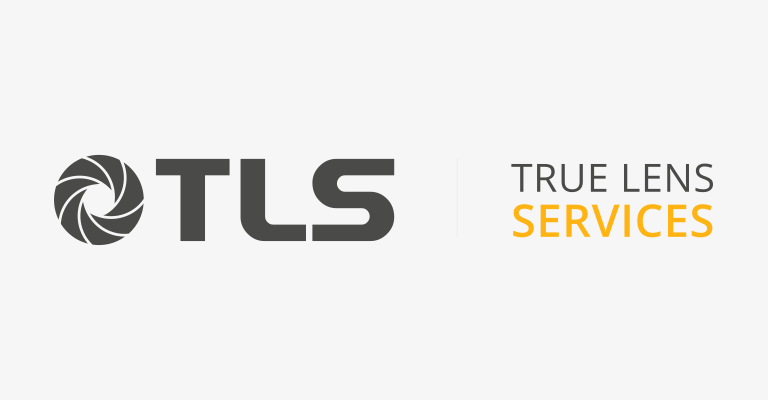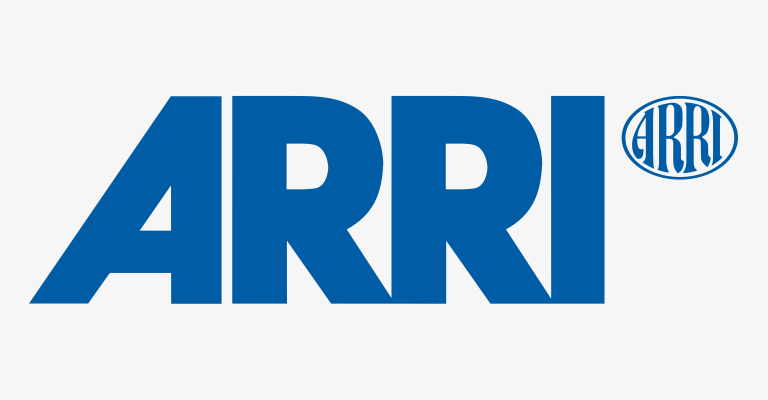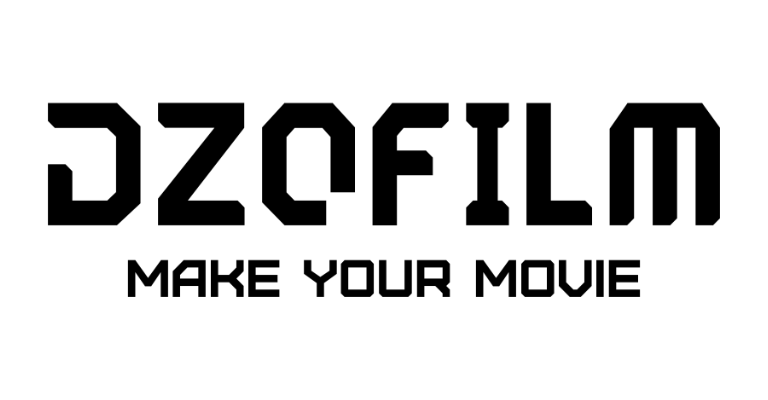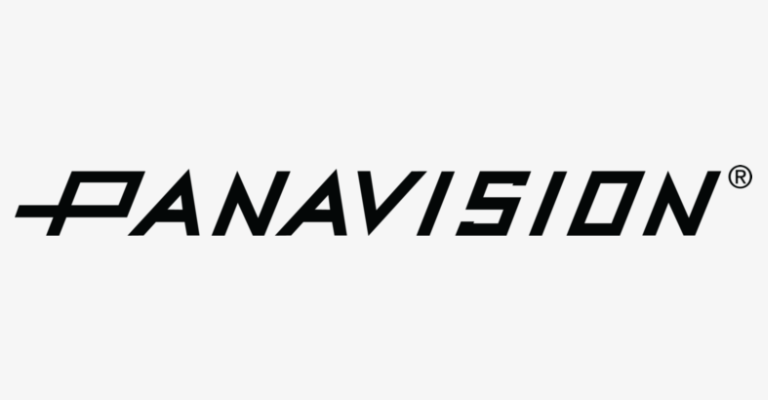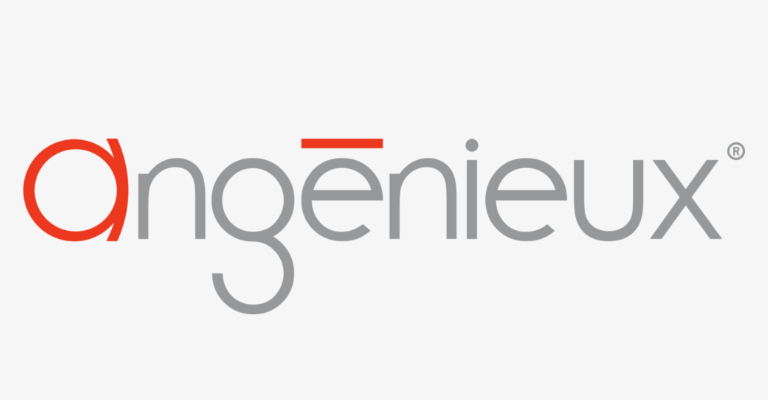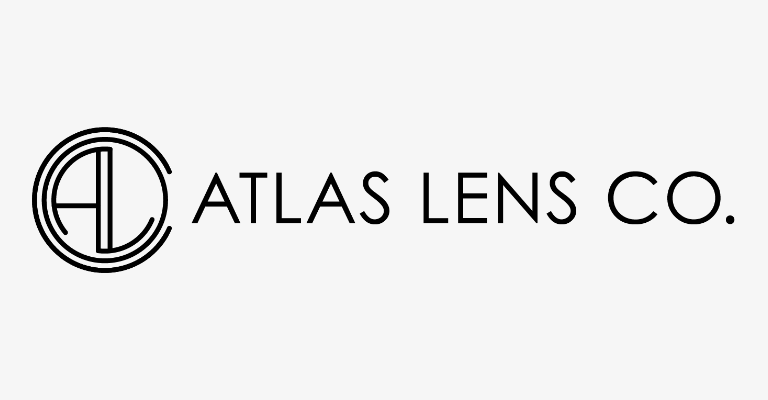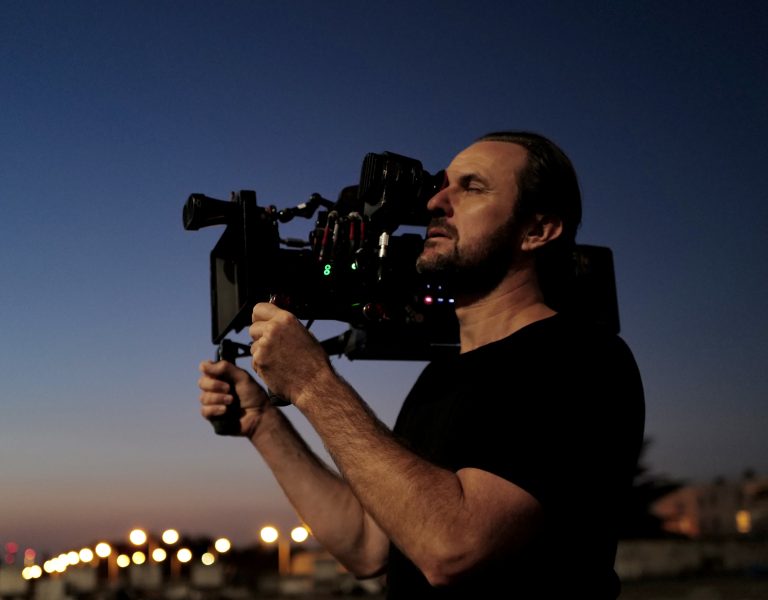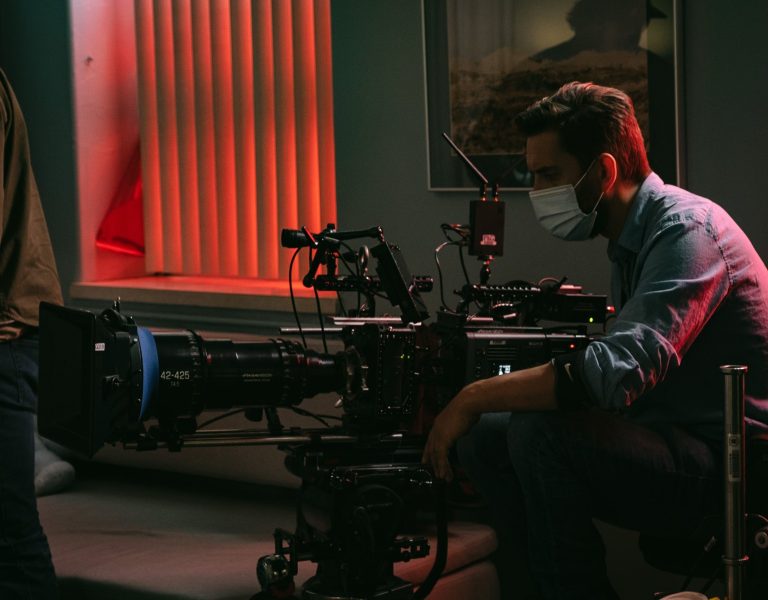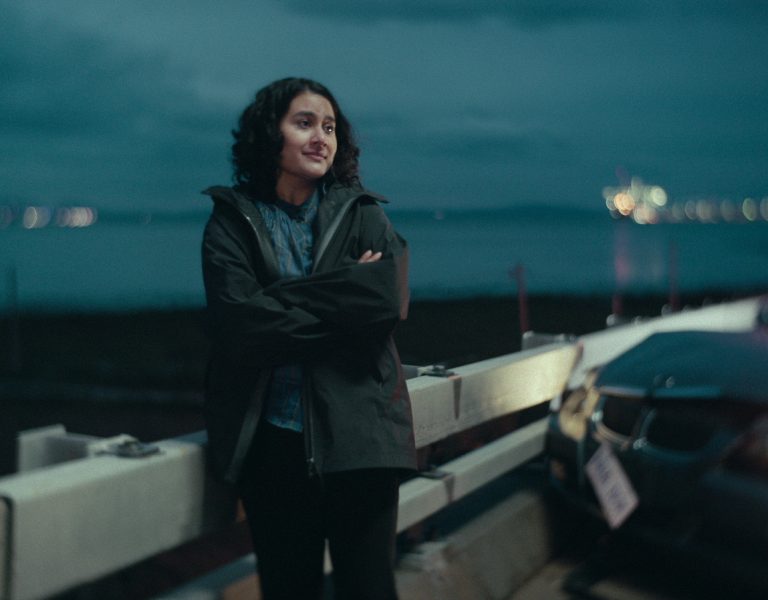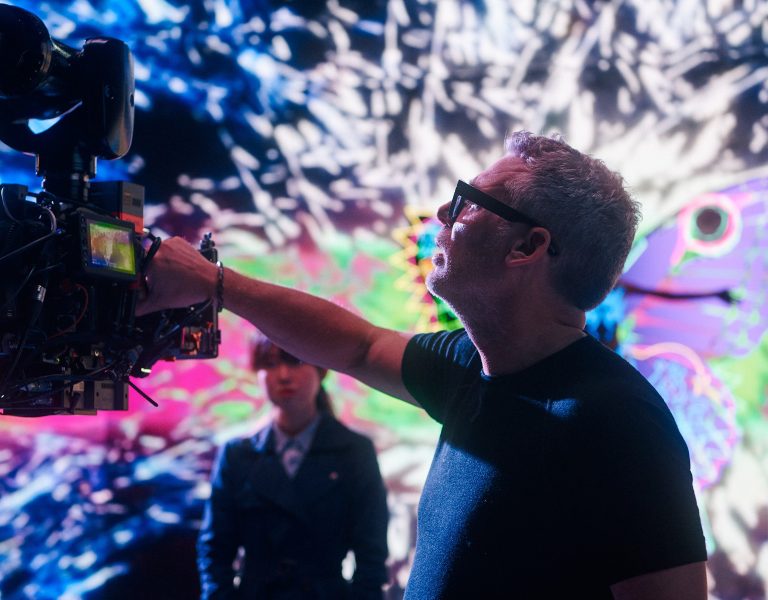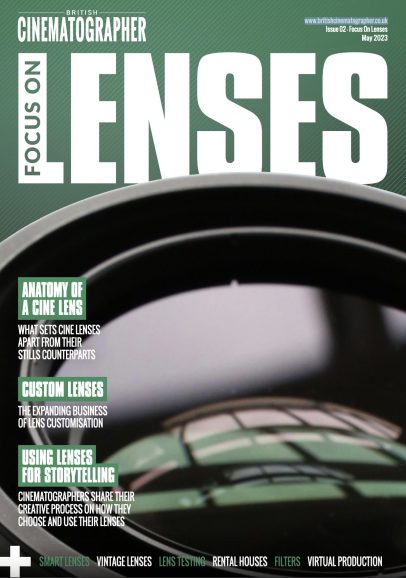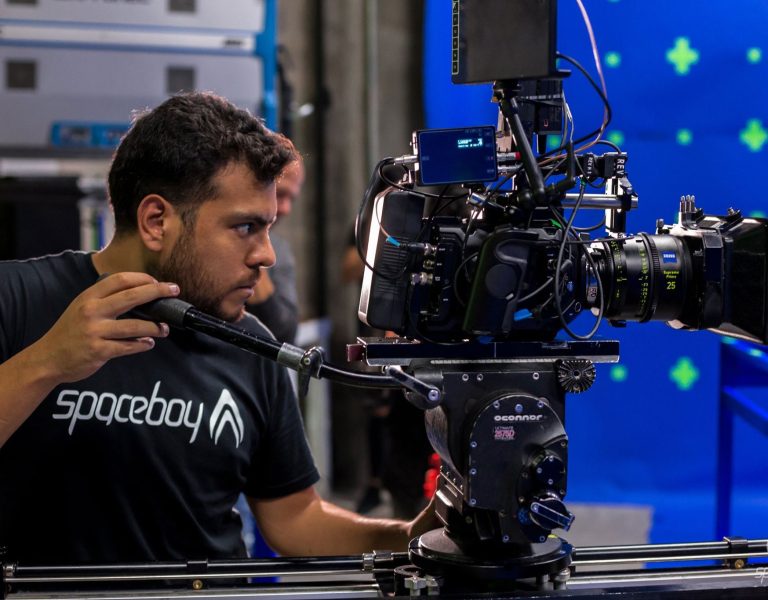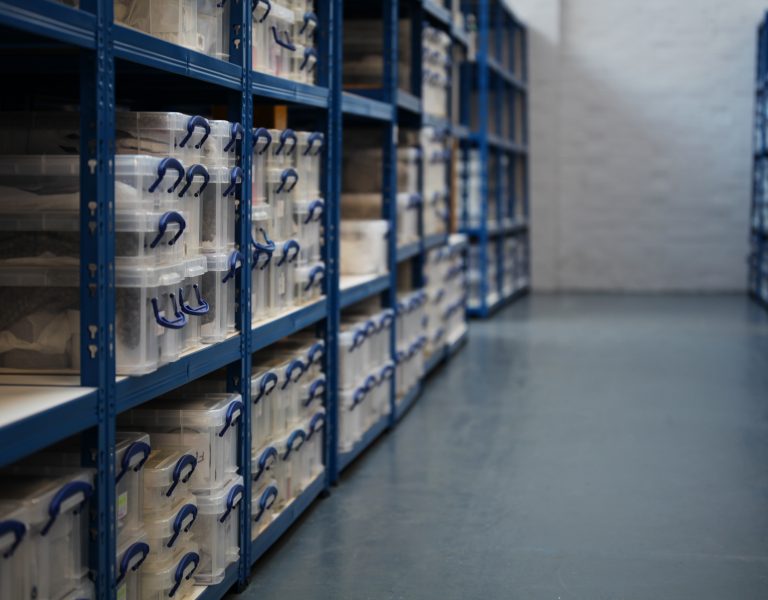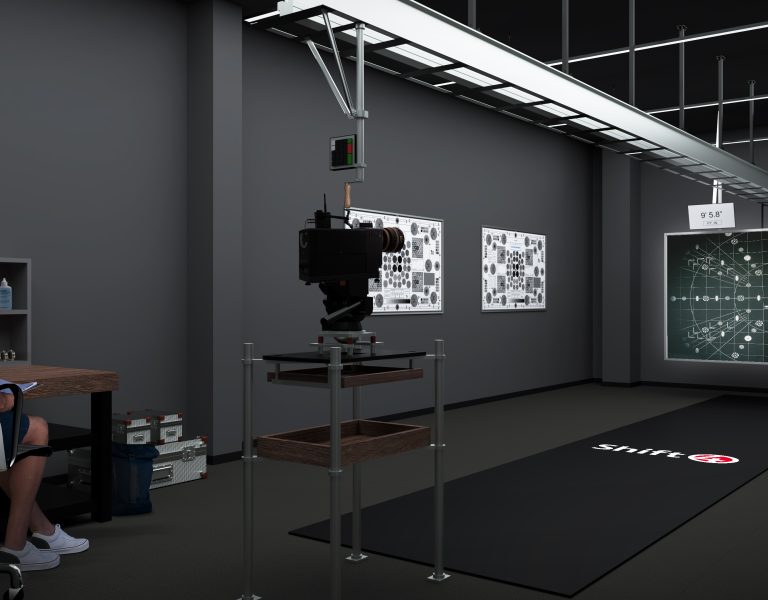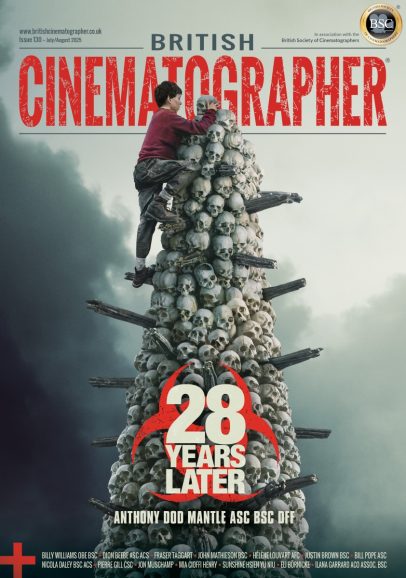The rise of smart lens technology is equipping cinematographers and the wider camera department with greater knowledge and flexibility on set.
Humanity has been using curved glass to bend light for at least 2,500 years, and probably longer, though there are a few differences between an ancient Athenian burning glass and, say, ARRI’s 24-75mm Signature Zoom. Adding electronics to allow a lens to report focus, iris, inclination, and even accelerometer data to the camera is a big step in the context of a technology which goes back millennia.

Perhaps the best-known application of those systems has been visual effects work, but James Kniest, a cinematographer with over two decades in the camera department, finds other reasons to like lens data. With the supremacy of streaming delivery provoking more involvement in television projects, Kniest says, “at first, lens tracking wasn’t a priority for me. What changed that was working more in episodic, where we were using two cameras… are we at the same distance? We were 10ft 6in from the subject, now we’re 9ft 6in. Previously we’d run a tape, I’d ask the AC. Now we can see it live on the monitor.”
Kniest remains keenly aware of the value of lens data to visual effects supervisors nonetheless. “They’re so happy with whatever information they can get. They’re constantly fighting for as much information so they have it later on and they can rebuild the scene. Sometimes they get snubbed and it puts them at a bit of a disadvantage. I often see them barely have a chance to take stills of the environment. With inclination, camera height, focal length, focus distance, whatever information they can get without having to rely on another team member – they’re thrilled.”
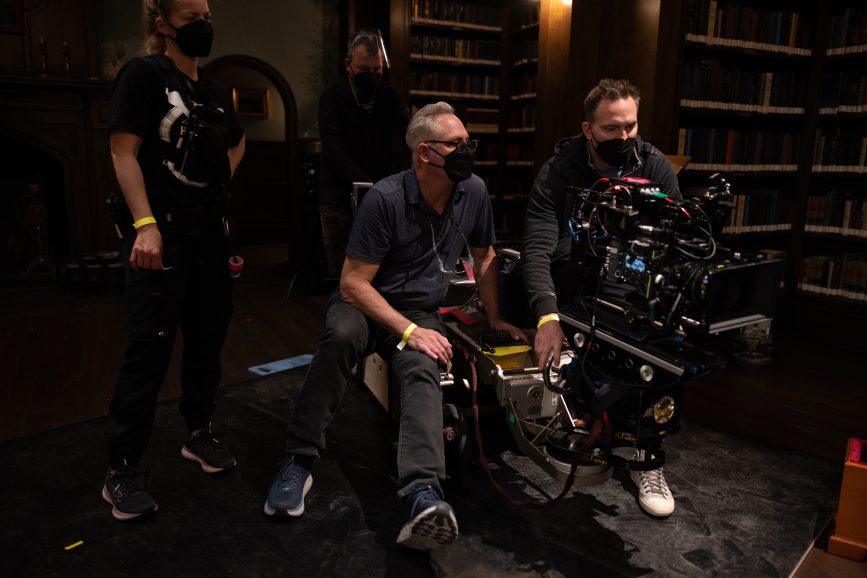
One popular choice in modern camerawork that cooperates less well with lens data is the vintage lens. Nothing designed more than a decade ago is likely to have the required electronics – it’s far from universal even now – and few of the engineering companies engaged in rehousing has offered an electronically enabled conversion. “I think it’s fascinating to find this old glass having new life breathed into it,” Kniest opines, “with all these companies finding old glass and making it usable. In the past we’ve had old glass with old mechanics, literally we’d have focus rings fall off and gears jam. Now there’s companies finding some cool stuff and making it usable, and it’s brought a lot of choice. Then there’s Atlas making the Orions and there’s new stuff out there the whole time. It didn’t used to be that way. But those old lenses don’t talk to the camera – even when they’re rehoused they don’t have the electronics to talk to the camera. I’m sure you could do it. I don’t know how cost effective that would be, you’d have to reengineer them from the ground up.”
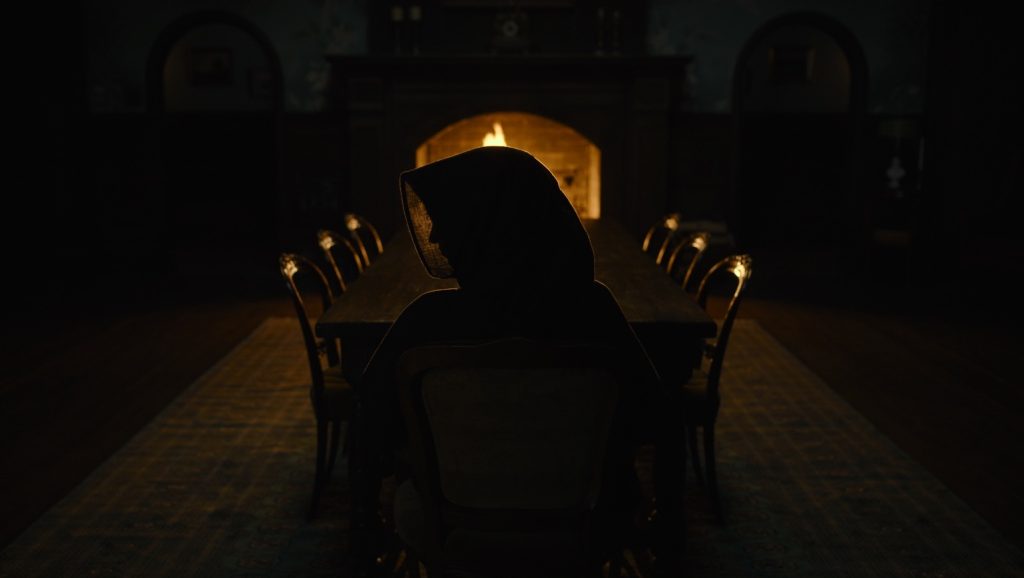
If there’s a single piece of smart lens technology that’s provoked simultaneous awe and consternation, it’s Canon’s success in autofocus, based on its stills-originated smart lens and sensor technology combined. “It’s pretty mind-blowing,” Kniest admits. “There’s some concern in the AC world that it’s going to put them out of a job. These guys are going to have to learn how to manage these new systems.” At the same time, he muses, the work of the cinematographer has changed with the technology. “It used to be entirely creative, now it’s about schedules and budgets. I think the tech is fascinating, I think it has an application if you’re a documentary shooter, run and gun handheld, maybe Steadicam stuff. It’s a great tool to use to make sure everything’s in focus. There’s nothing worse than putting an actor or a crew through a stunt and finding it’s not in focus!”
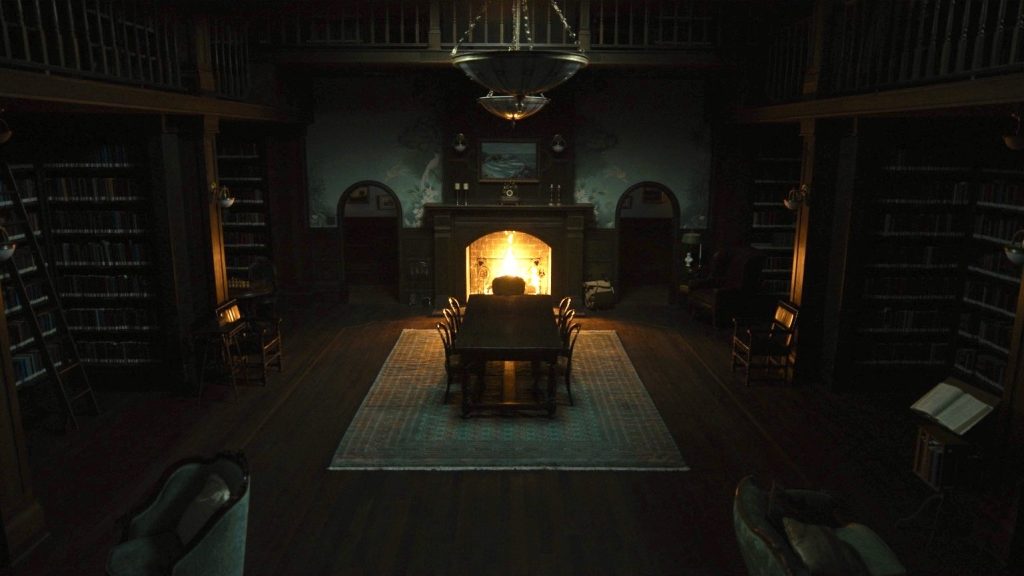
–
Words: Phil Rhodes

